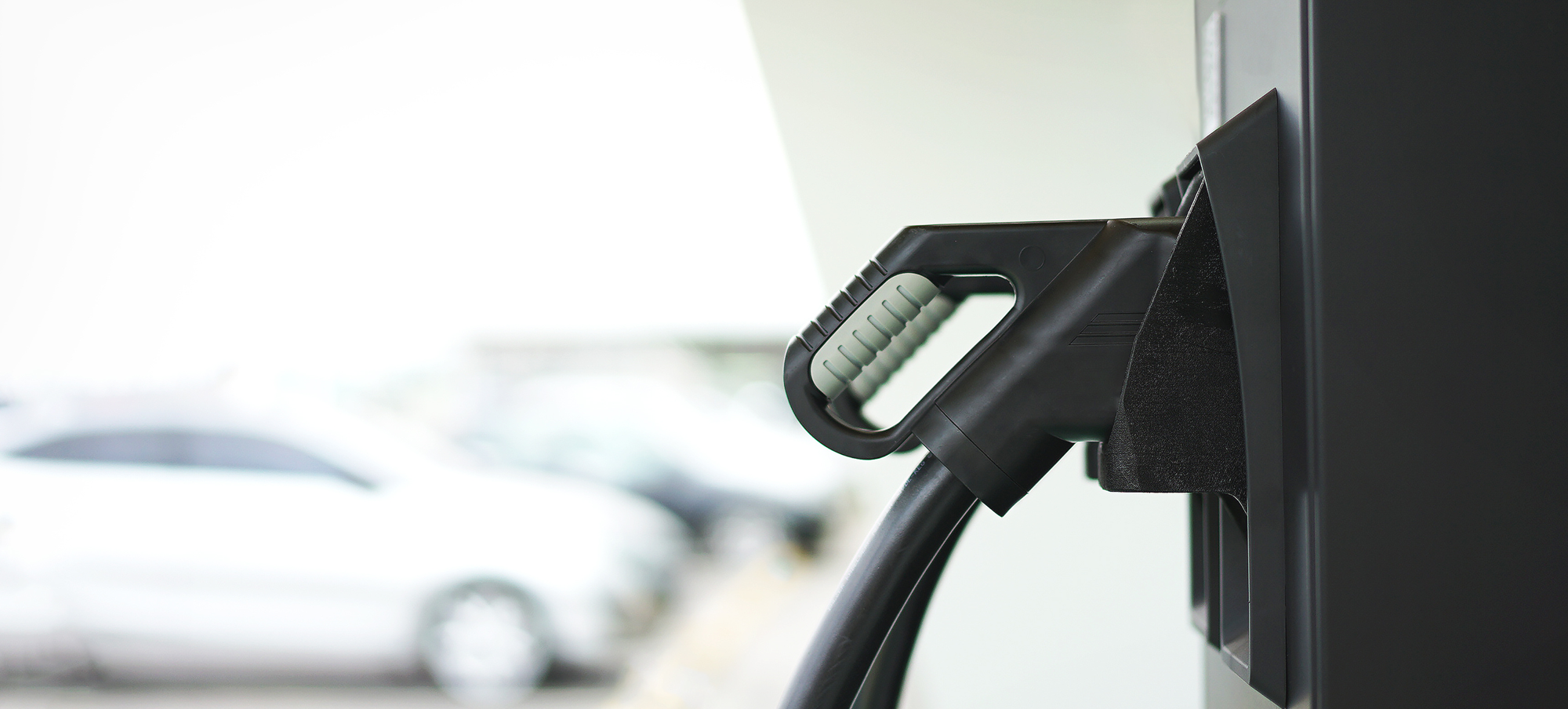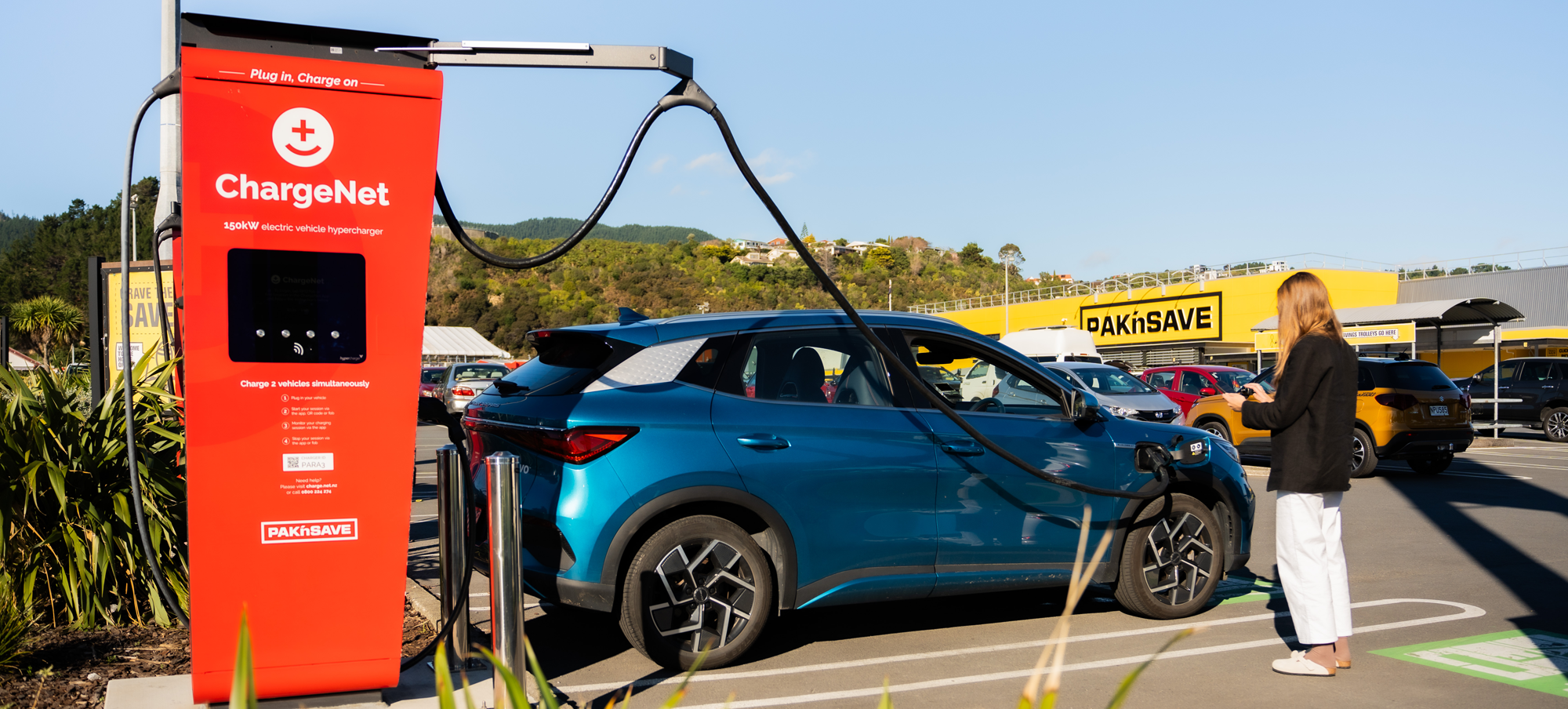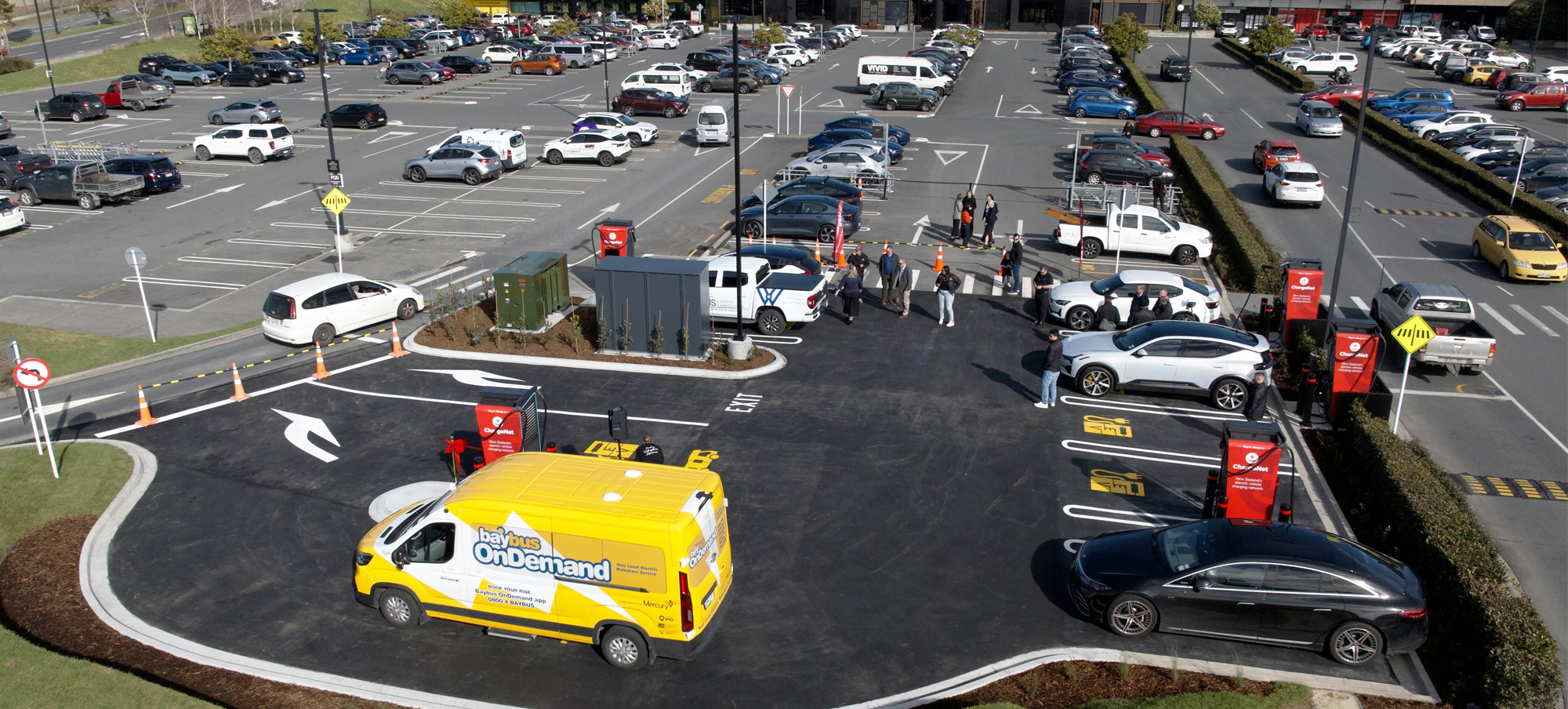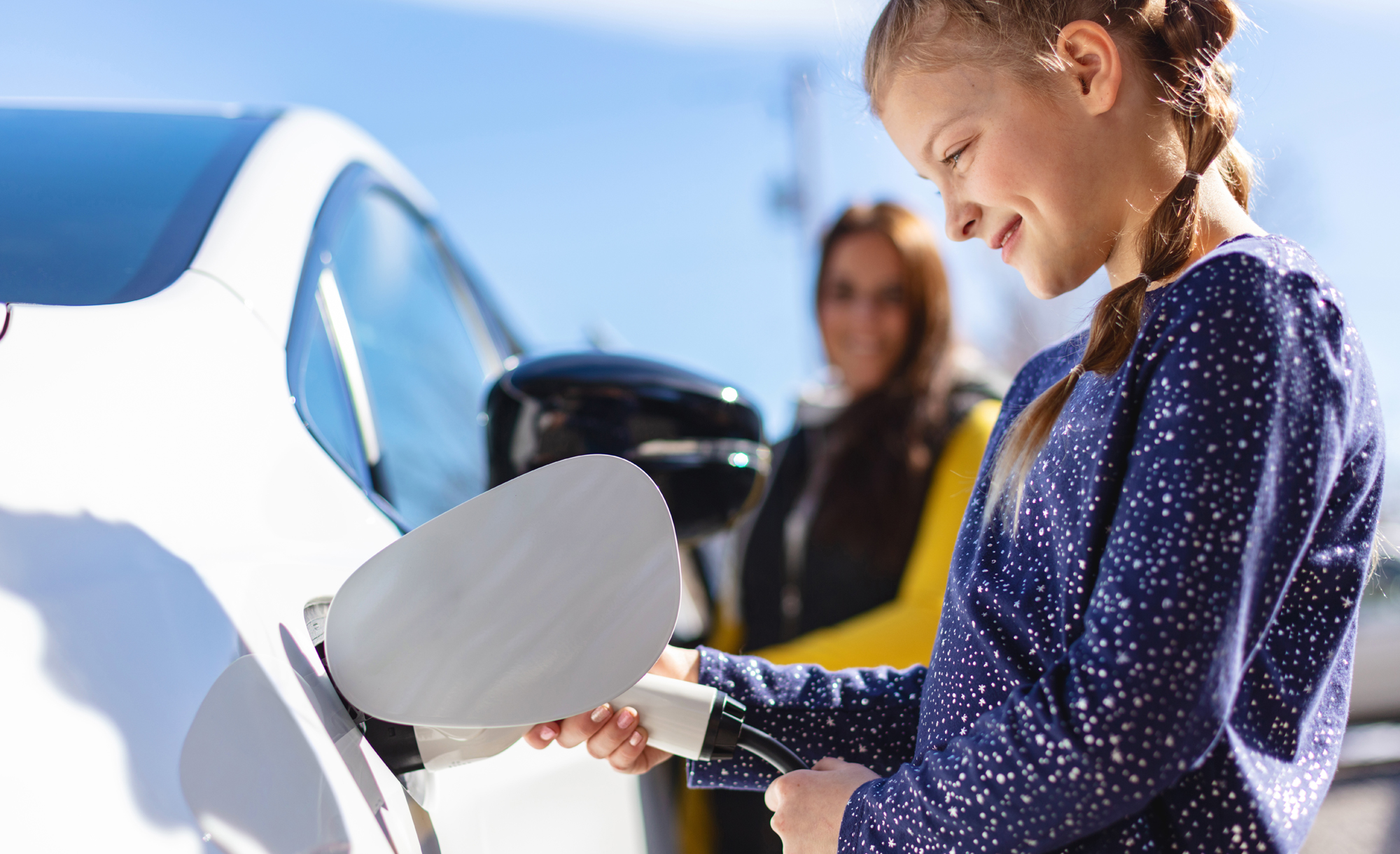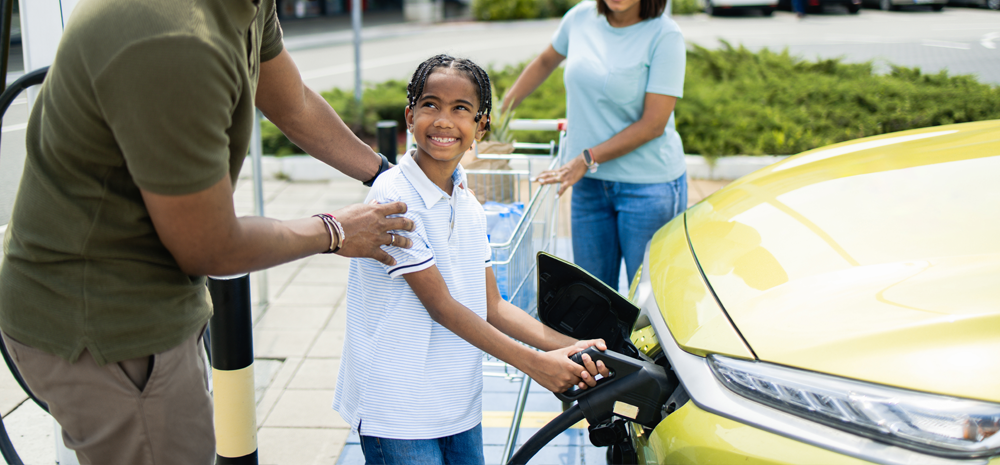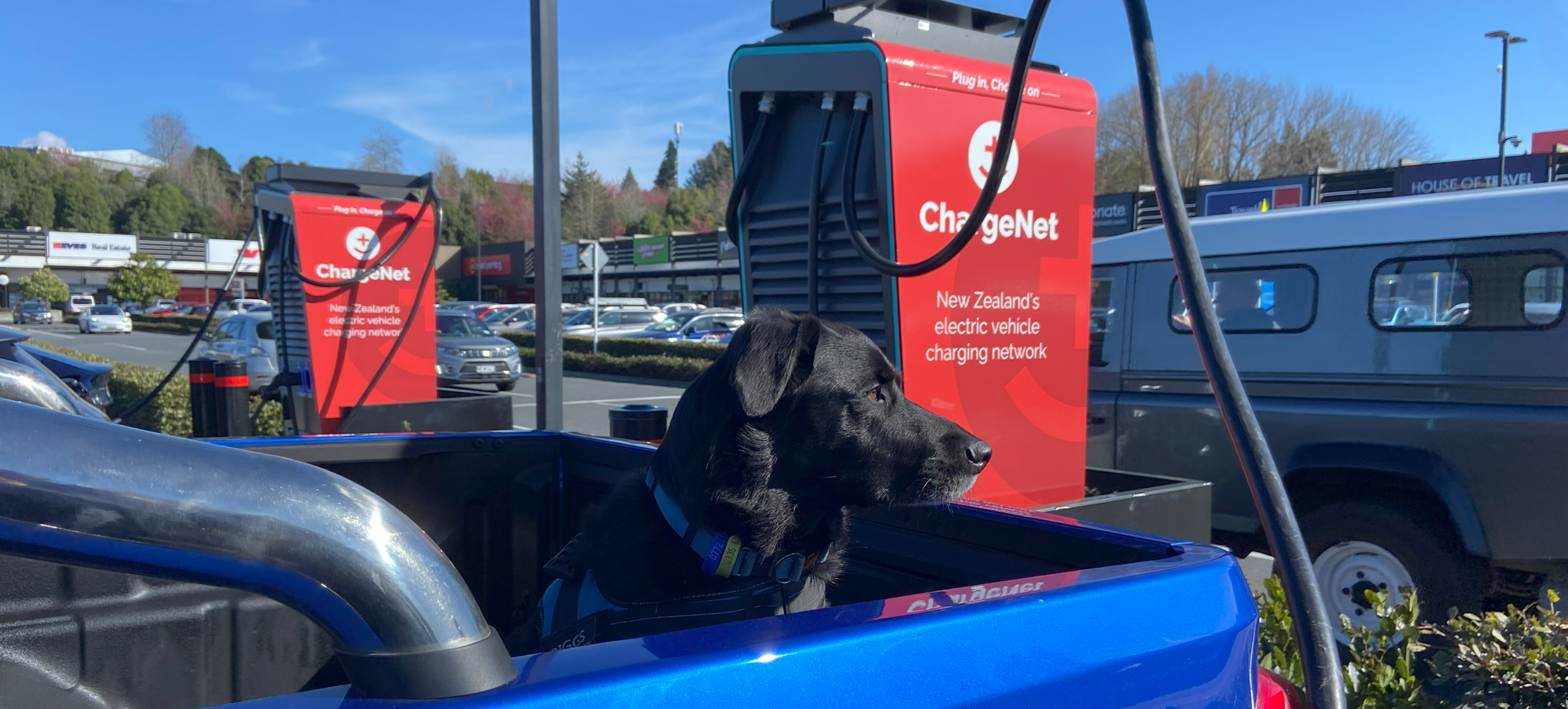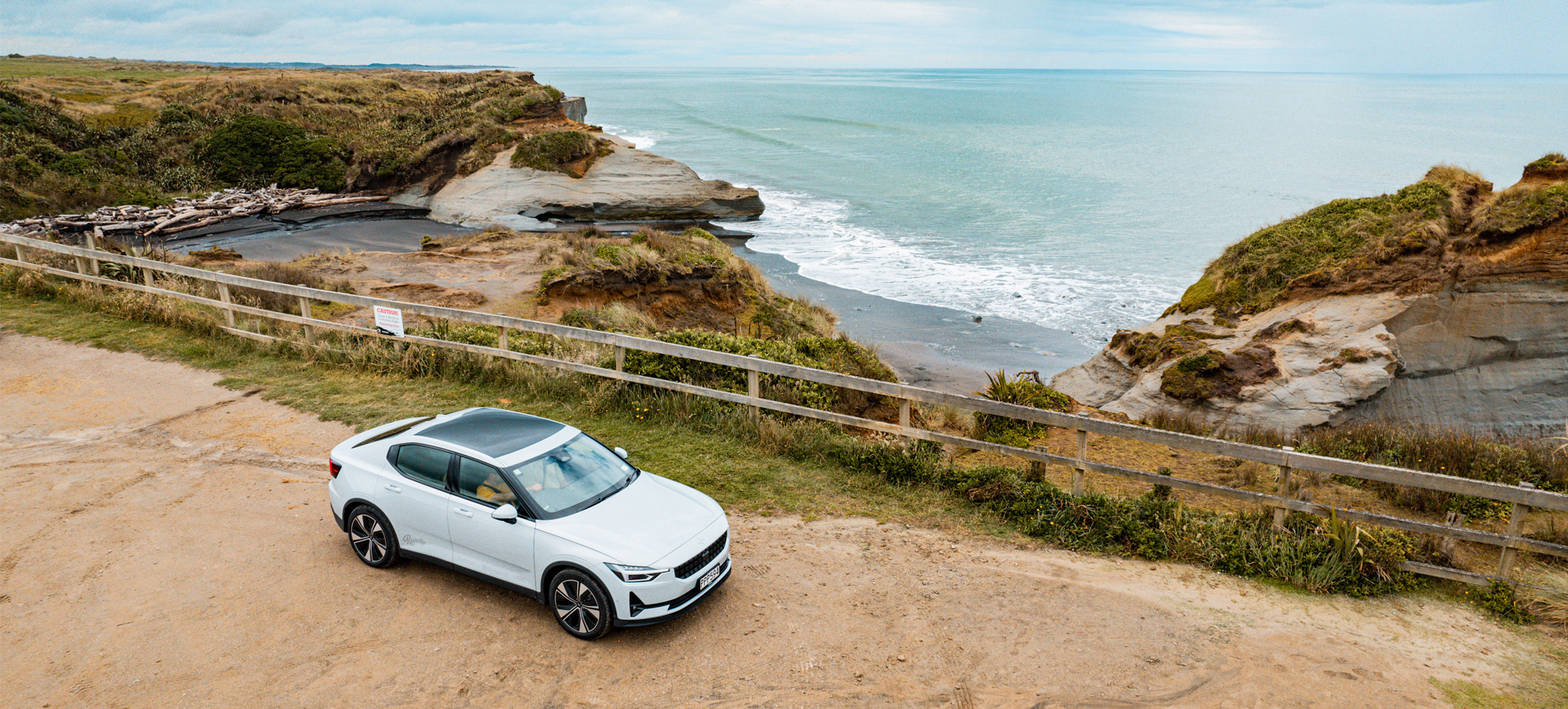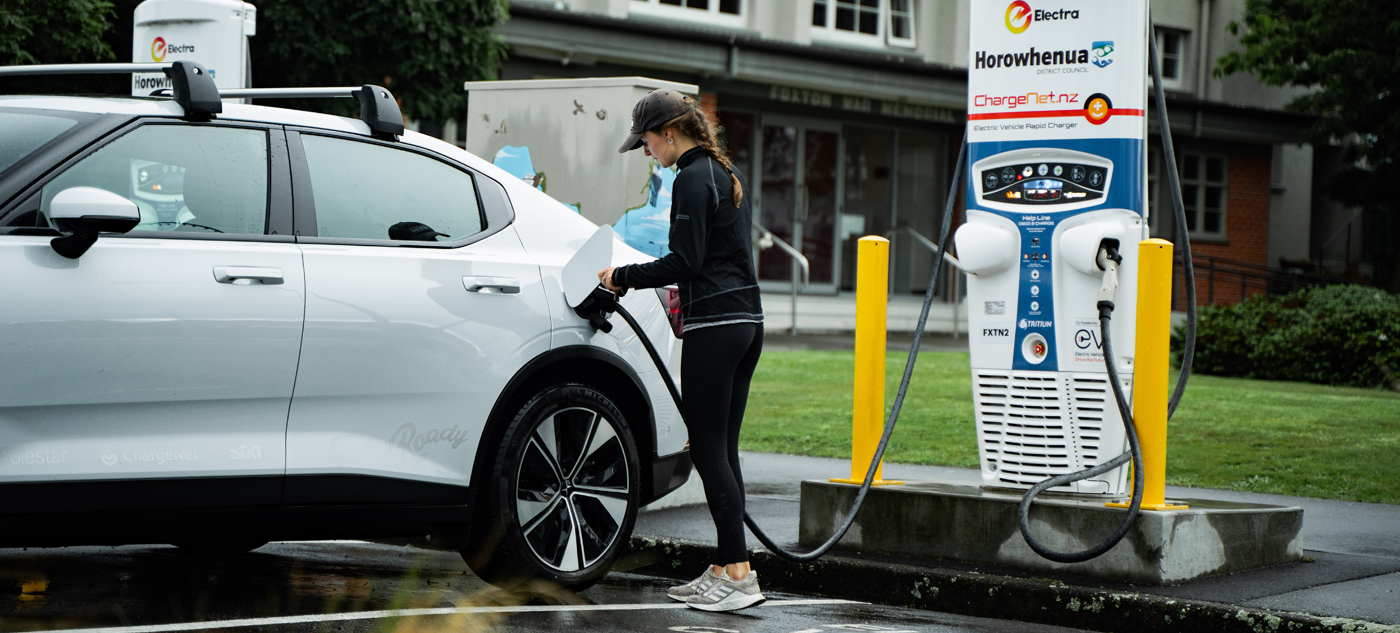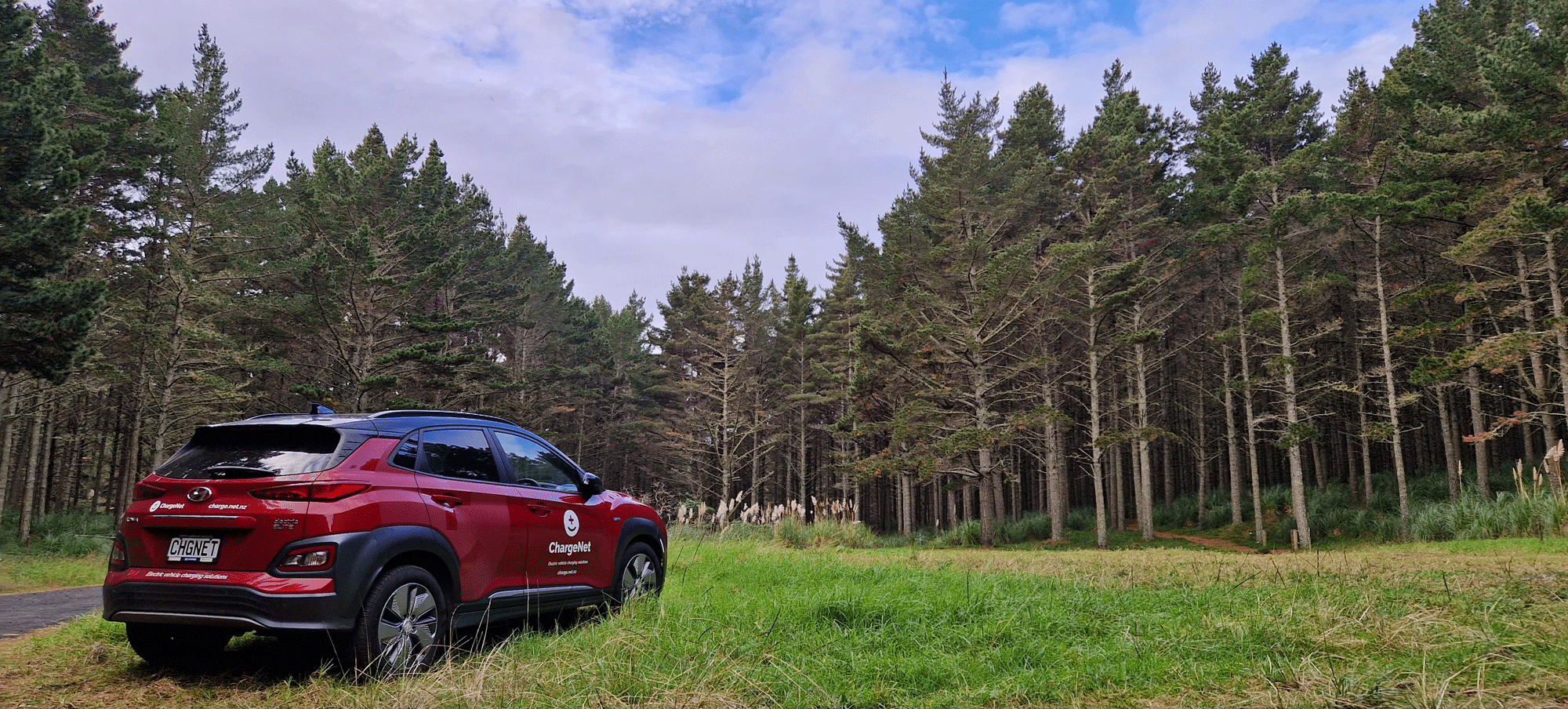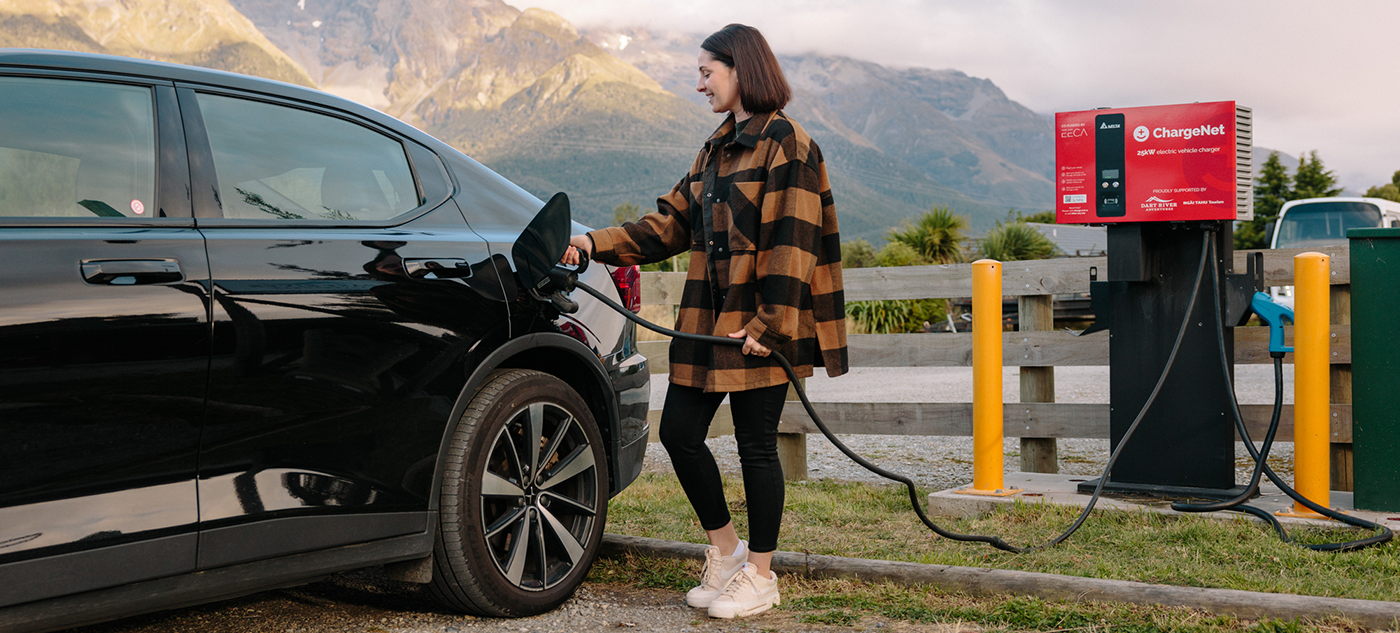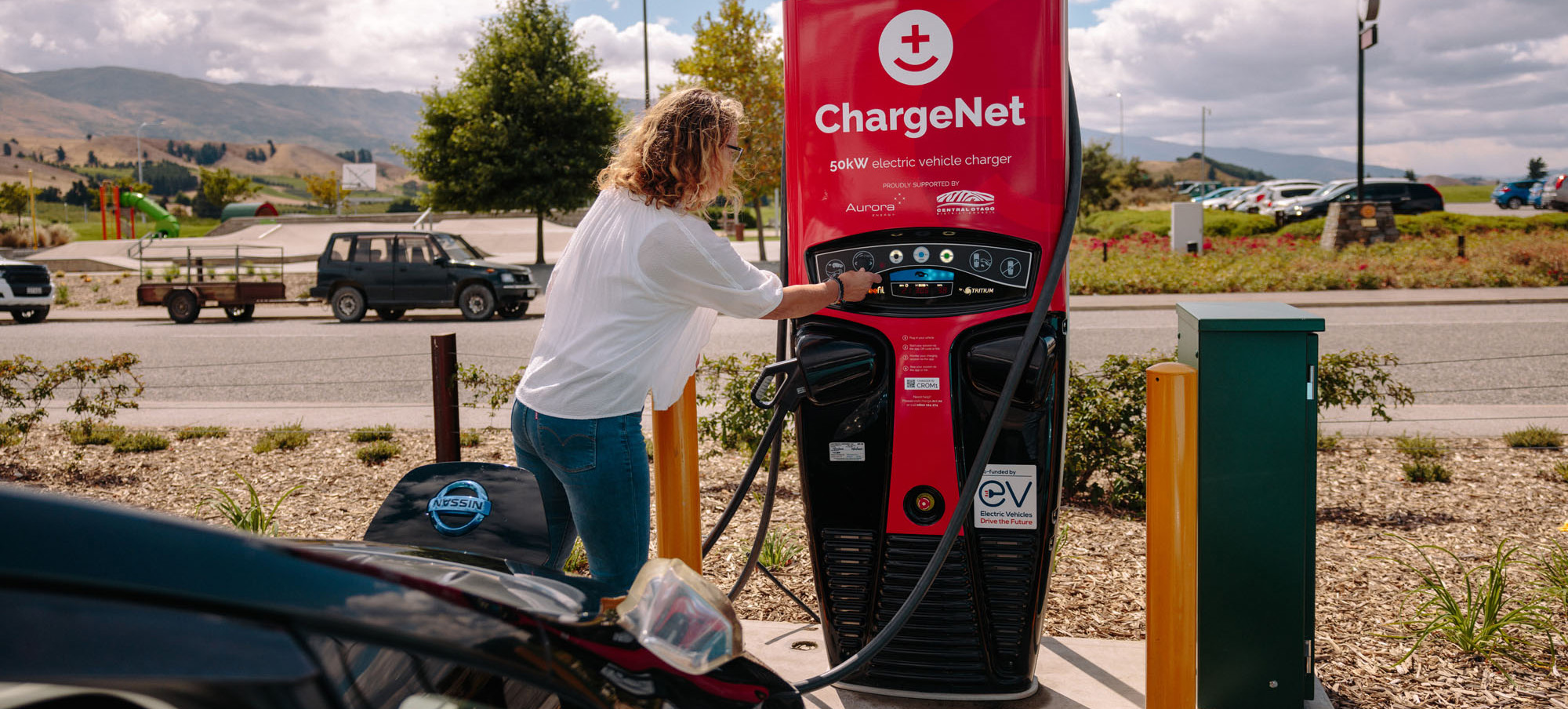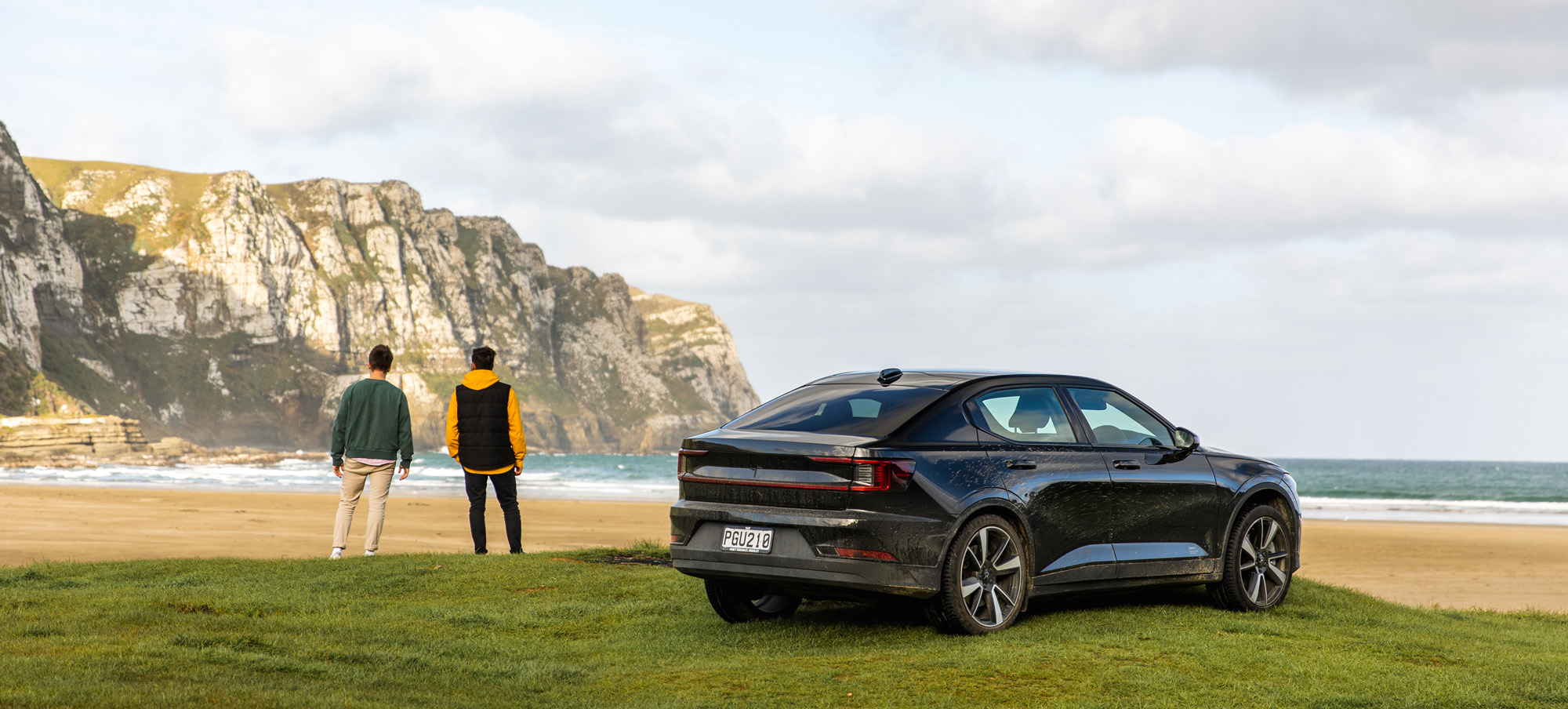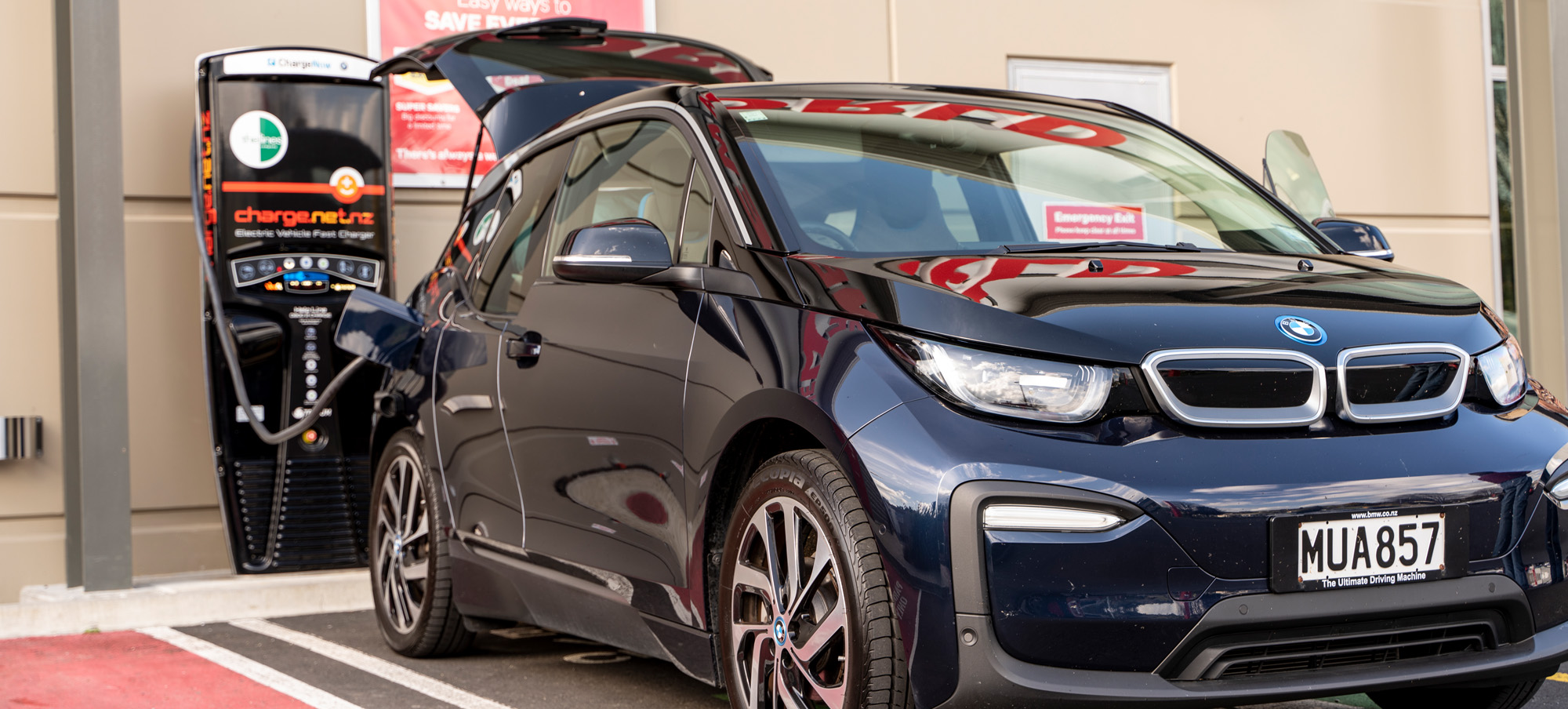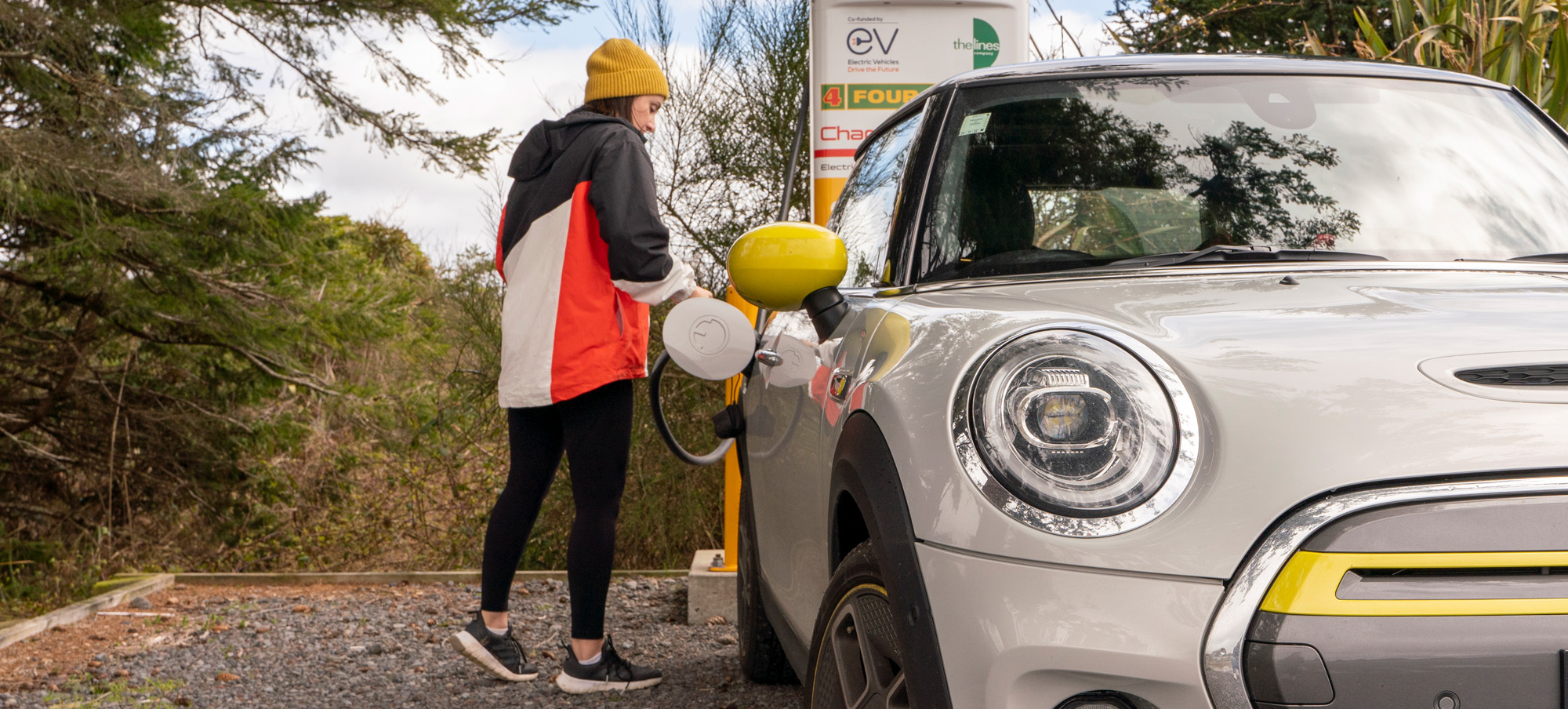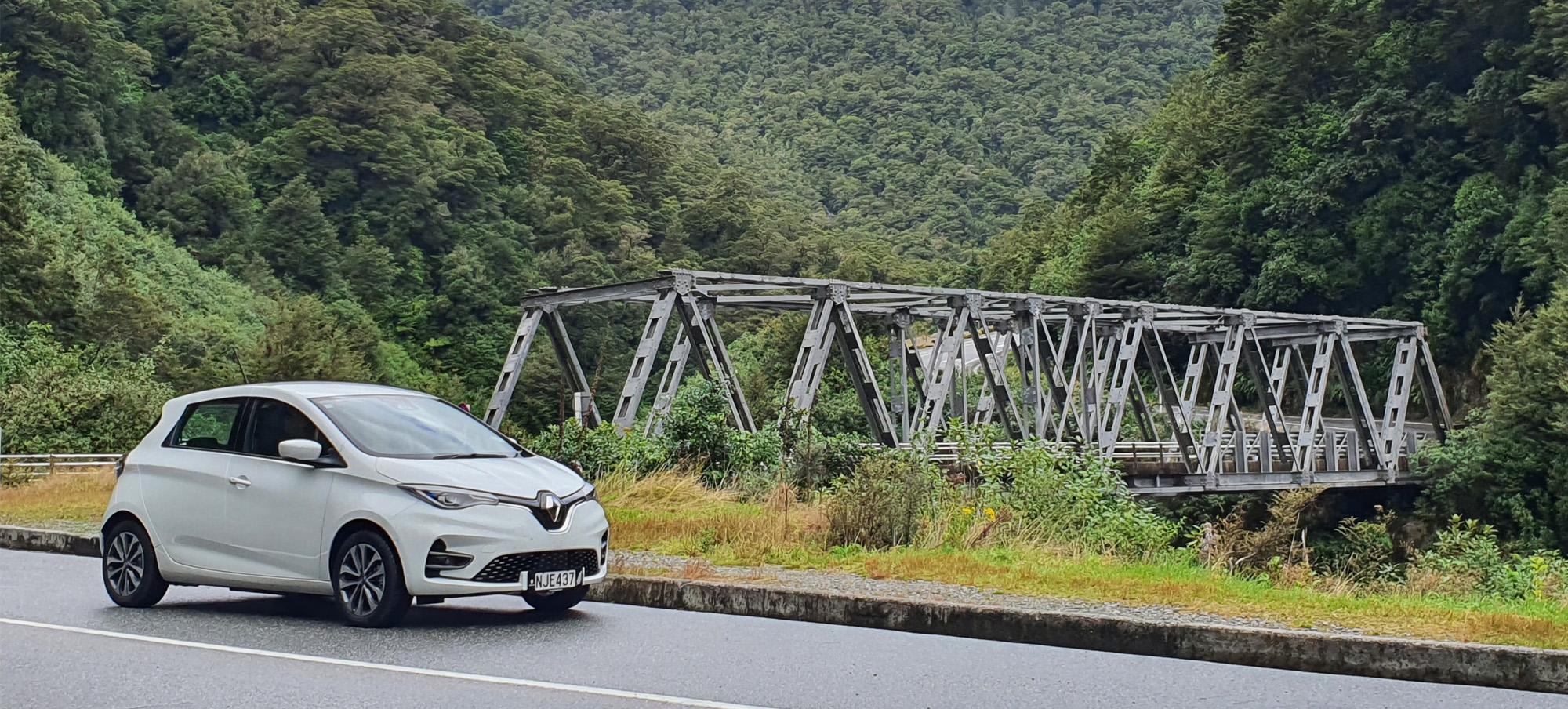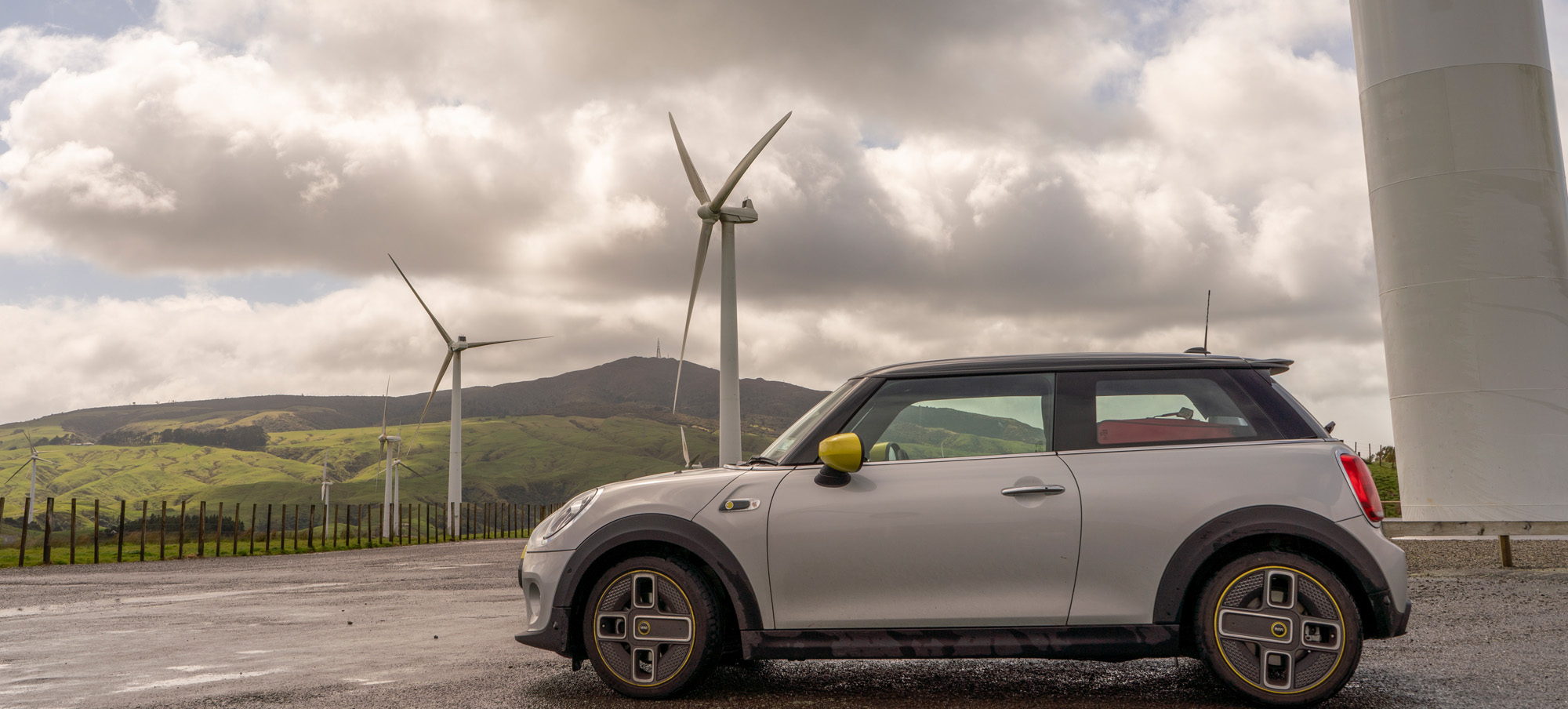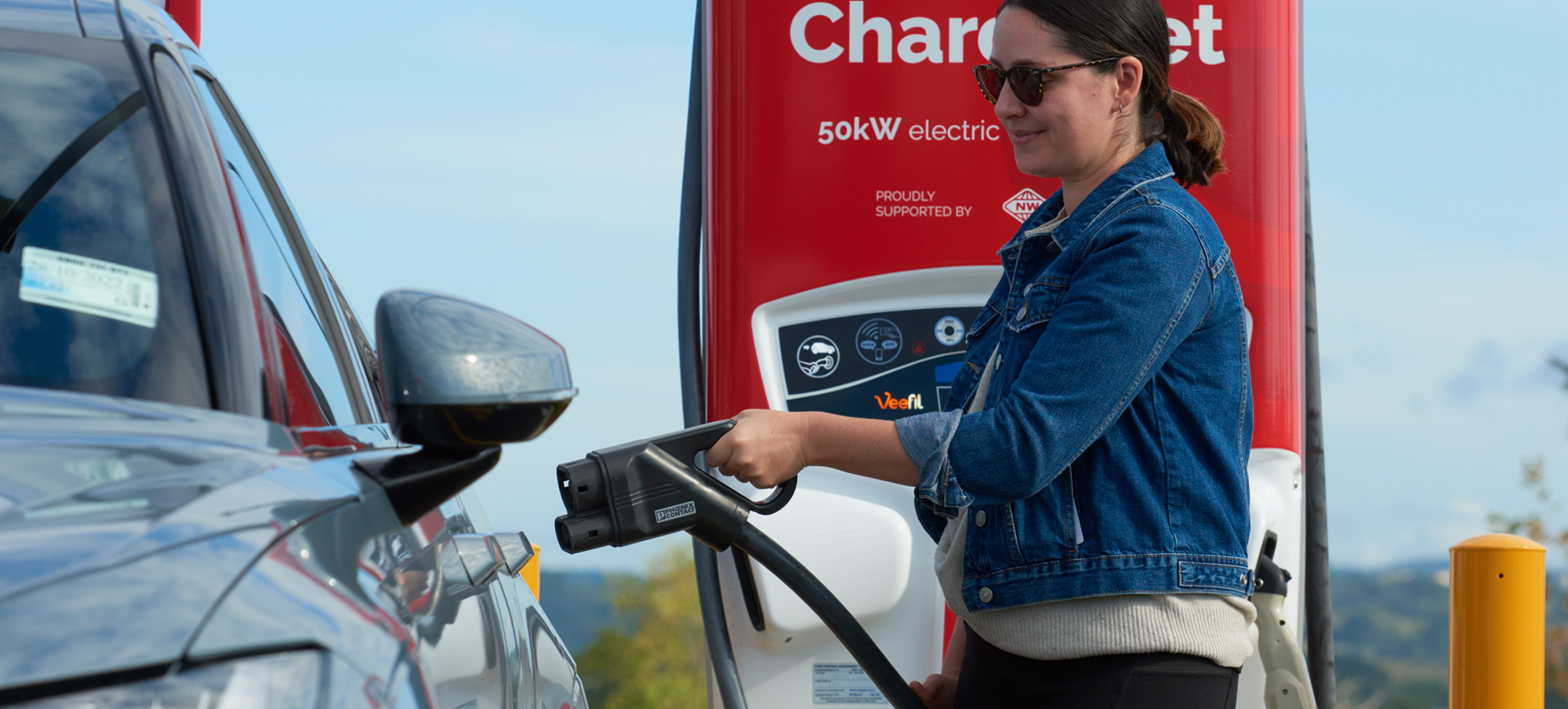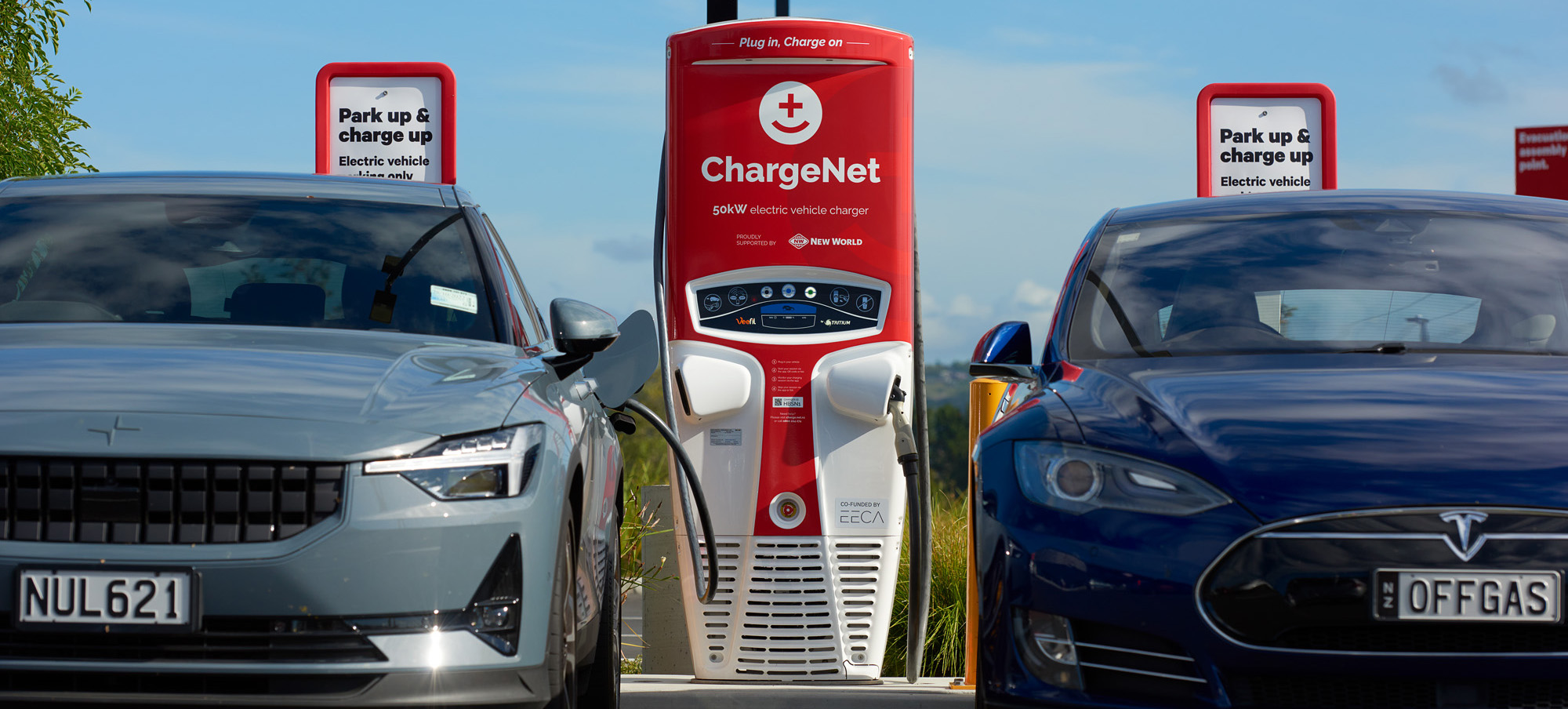
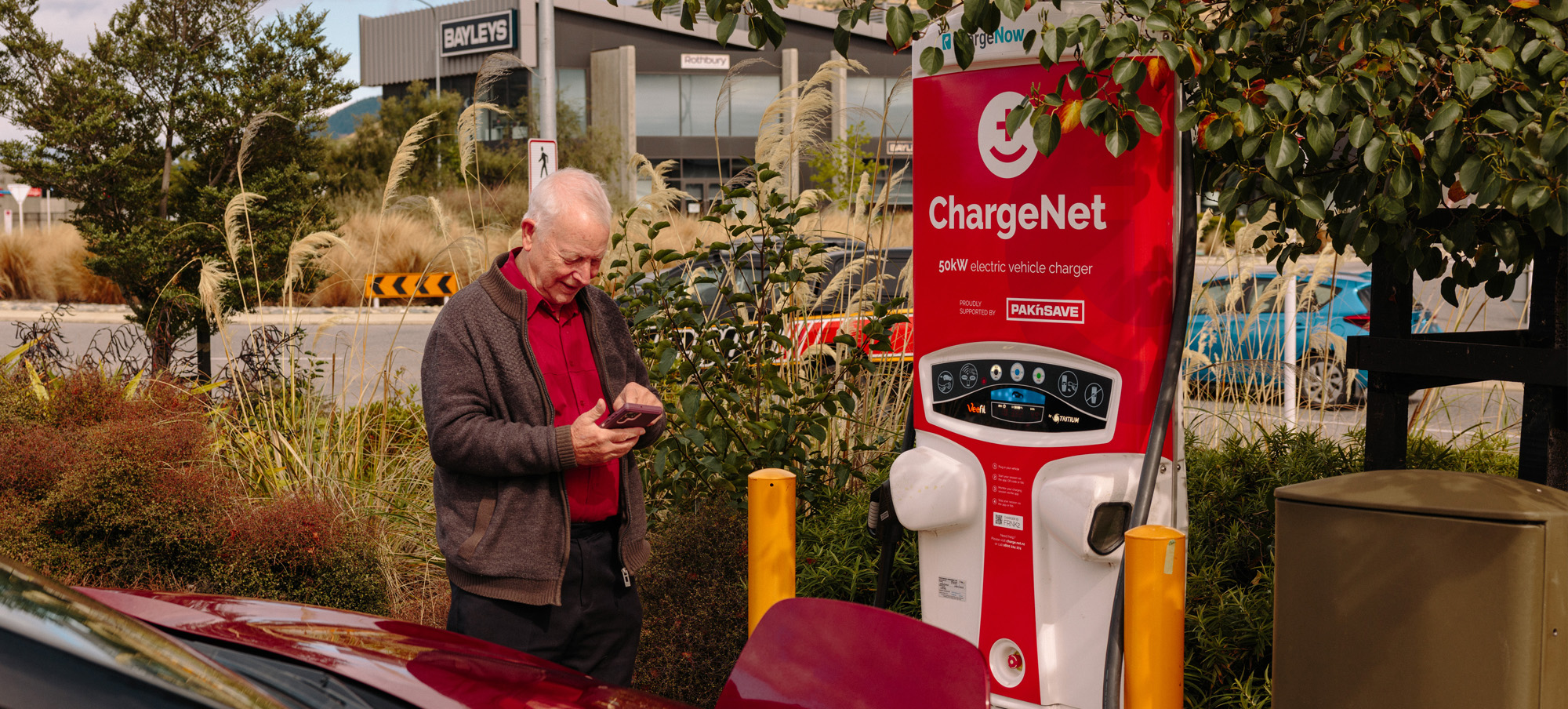
Electric vehicles are becoming more and more popular every day, and for good reason. They are cost-effective to operate compared to petrol vehicles, they’re better for the environment, and they’re fun to drive. But if you’re new to driving an EV, there are a few things you should know to make the experience even better. Here are 10 tips to help you make the most of your electric vehicle.
-
Plan ahead. It’s important to plan your route in advance and make use of online or onboard mapping services, apps, and other tools to identify which public charging points you can use.
-
Understand your EV. Knowing and understanding your EVs range and what charge rate it can handle is essential for any new EV driver. If you need to stop at a rapid charger, make sure you know the maximum charge rate for your vehicle. For example, if your EV’s maximum charge rate is 50kW, it will not be able to charge any faster than 50kW when using a 50kW charge point.
-
Master EV etiquette. As New Zealand’s electric fleet grows, our charging network will expand with it. Even so, you may have to wait at a charging station for your turn occasionally. Fortunately, early EV adopters put together a set of charging etiquette that helps prevent bad behaviour. Learn more about EV etiquette.
-
Download EV apps. Apps can be helpful to ensure you don’t find yourself stranded somewhere without a charge. Good map and weather apps are also a must-have for your trip. With these apps, you can plan your route, check for detours, and see real-time traffic conditions.
Here are a couple of our favourite apps:
- After setting up an account on the ChargeNet app, you’ll have access to the network of over 280 charge points nationwide. With so many stations, it’s easy to plan your trip without making detours. Plus, when you’re on the road, you can see which chargers are currently in use.
- Plugshare is a great resource for viewing chargers open to the public. The app is community driven and shows all DC fast chargers as well as Type 2 AC charging available in New Zealand. It also allows you to filter your charging stops based on the activities you want to do on the charging stops. For example, do you want to take lunch as your charge?
- With Power Trip you can find charging stations, plan your electric vehicle (EV) road trips and reduce your EV charging costs. The Power Trip route planner predicts your charging needs and schedules charging stops that optimize the amount of time you spend charging your EV while you’re travelling.
-
Drive efficiently. One way to help maximise your EV’s range is to drive efficiently. This means avoiding fast acceleration and harsh braking and making use of your vehicle’s eco mode. Another tip is to check your tyres – improperly inflated tyres will increase energy consumption and drain your battery.
-
Avoid charging over 80%. When it comes to charging and the advancement in the lithium-ion batteries EVs use, it’s best to charge to around 80% rather than to a full 100%. This allows the vehicle’s regenerative braking to store the additional kinetic energy it captures within the remaining capacity of your battery.
-
Explore the whole range of available charging options. There are a number of different options when it comes to charging your electric vehicle. If you’re in a hurry, you can use a hyper-rapid charging station, which will charge your car much faster than a standard 8-10amp socket. However, if you’re not in a hurry, charging at home or your hotel overnight is perfectly safe and will take less time overall.
-
Understand EV charging connector types. Most electric vehicles use a connector called the Combined Charging System, or CCS. The “combined” name refers to the two types of plugs incorporated into the larger plug: the connector for DC fast-charging, and the connector for Level 2 charging. Level 2 is a slower form of electric vehicle charging than DC fast. Most electric vehicles will use a CCS connector. Always check your vehicle’s manual for specific information on what type of charger to use.
-
Charge, don’t park. EV charging spots are for charging, not parking. These spots are reserved specifically for electric vehicles that need to be charged and are typically marked accordingly. Do not park there if you are not charging, even if you’re in an EV. And, when your session is finished, move your EV as soon as possible so that others can charge up their EVs.
-
When a charging session is complete, move on quickly. When you’re finished charging your electric vehicle, it’s important to move on quickly so that other drivers can take advantage of the station. It’s helpful to everyone if you return to your car before the charging session is complete, so that others can begin
charging theirs.
So, there you have it – 10 tips to help you make the most of your electric vehicle. We hope this was helpful and easy to follow. If you have any questions or want more information on the specifics of charging your car, please don’t hesitate to reach out. Our team is always happy to help our customers find what they need to make the switch to electric vehicles as smooth and straightforward as possible.

